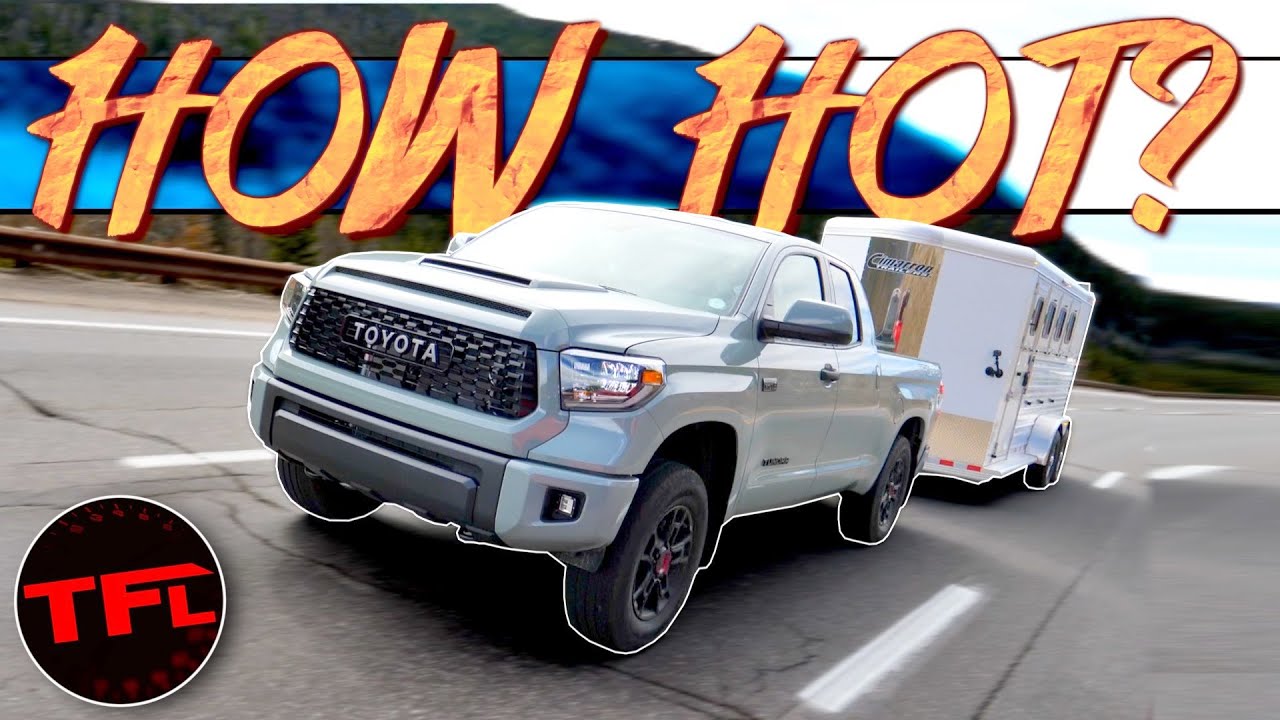bloc
SILVER Star
Good for you. It’s probably a good thing that you choose to do this in a vehicle that is so overbuilt, but a lack of failures for you does not mean you are doing things in a way that doesn’t abuse the transmission and fluid.So you are saying that putting over 214,000 miles on the LC and somewhere over 100,000 on the LX without an issue isn’t enough evidence but you think that I need to monitor tranny temps? How many transmission failures are you aware of? I’ve seen one or maybe two on mud but that doesn’t seem like many. I understand that there are many different types of people on mud and I don’t consider my type to be superior, merely my type, and I don’t mean to discount the advantages of being a “numbers” person but I have quite a bit of actual hands on evidence that putting it in D and hauling yourself around doesn’t cause damage. You can do all the monitoring you want but I find that the surroundings are a lot more interesting. And, again, real life experience doesn’t indicate a need.
I just did a quick scan on my Gaia account and it shows over 20,000 miles of hauling the travel trailer from just over 49 degrees N to just over 68 degrees N but I don’t record the jet boat towing.
One advantage to towing in a lower gear is precisely that you can look at the scenery and not need to watch for the torque converter unlocking or worry about transmission temps.
You do what you want, but people on this board need to be aware of the risks of following your method.


